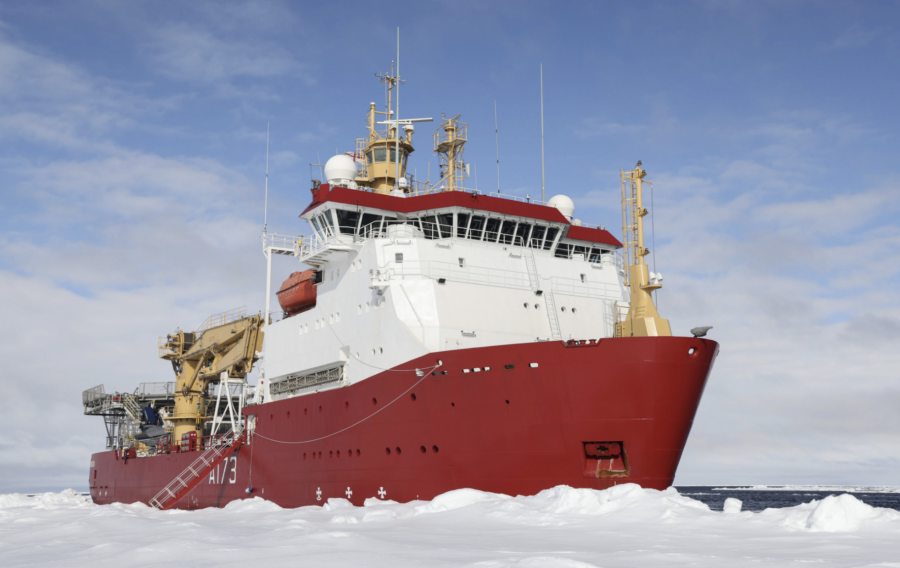
As part of the UK’s commitment to the Arctic region, HMS Protector has arrived in Montreal, Canada, for the ship’s first ever visit to the country.
As part of the UK’s commitment to the Arctic region, HMS Protector has arrived in Montreal, Canada, for the ship’s first ever visit to the country.
The ship is hosting researchers and academics from both the UK and Canada to collaborate on important issues in science, technology, defence and global security.
HMS Protector is the Royal Navy’s ice patrol ship and is its only icebreaker. It can travel at speeds up to 15 knots and boasts two cranes capable of lifting up to 60 tonnes of equipment to help resupply ice research stations.
Deployed for 330 days a year, Protector’s crew includes a team of hydrographers, who undertake exploratory surveys and ensure that environmental guidelines are being upheld.
The ship is commanded by Captain Milly Ingham – the most senior woman to have commanded at sea in the Royal Navy.
The UK and Canada have funded and led scientific research projects worth £65 million over the last 5 years.
The ship is a research vessel equipped with state-of-the-art scientific equipment providing support to UK and foreign research stations.
It usually operates in the waters of the Antarctic, but this is the first time it has travelled to Canada.
UK Armed Forces Minister, James Heappey said: “We have a long-standing and important relationship with Canada that involves military alignment, training exercises and the sharing of expertise.
“But this relationship runs deeper than just Defence, and HMS Protector’s work underlines the importance the UK and Canada place on science, technology, climate change and security.”
The UK has strong relationships with Arctic States and has a responsibility to support our allies and partners to preserve the stability and security of the region, including as the leading European NATO Ally.
The deployment follows the Minister for Defence Procurement, Jeremy Quin, last week speaking at Canada’s defence exhibition, CANSEC.
In his speech – as well as in discussions with Ministerial counterparts and industry representatives – he addressed further support to Ukraine, the security of the High North, and science and technology collaboration.







